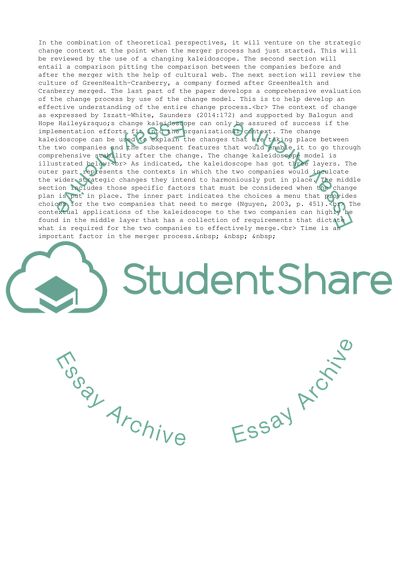Cite this document
(“Strategy: Choices and Impact - Case Study Coursework -”, n.d.)
Retrieved de https://studentshare.org/business/1635053-strategy-choices-and-impact-case-study-coursework-greenhealth-cranberry-uk
Retrieved de https://studentshare.org/business/1635053-strategy-choices-and-impact-case-study-coursework-greenhealth-cranberry-uk
(Strategy: Choices and Impact - Case Study Coursework -)
https://studentshare.org/business/1635053-strategy-choices-and-impact-case-study-coursework-greenhealth-cranberry-uk.
https://studentshare.org/business/1635053-strategy-choices-and-impact-case-study-coursework-greenhealth-cranberry-uk.
“Strategy: Choices and Impact - Case Study Coursework -”, n.d. https://studentshare.org/business/1635053-strategy-choices-and-impact-case-study-coursework-greenhealth-cranberry-uk.


